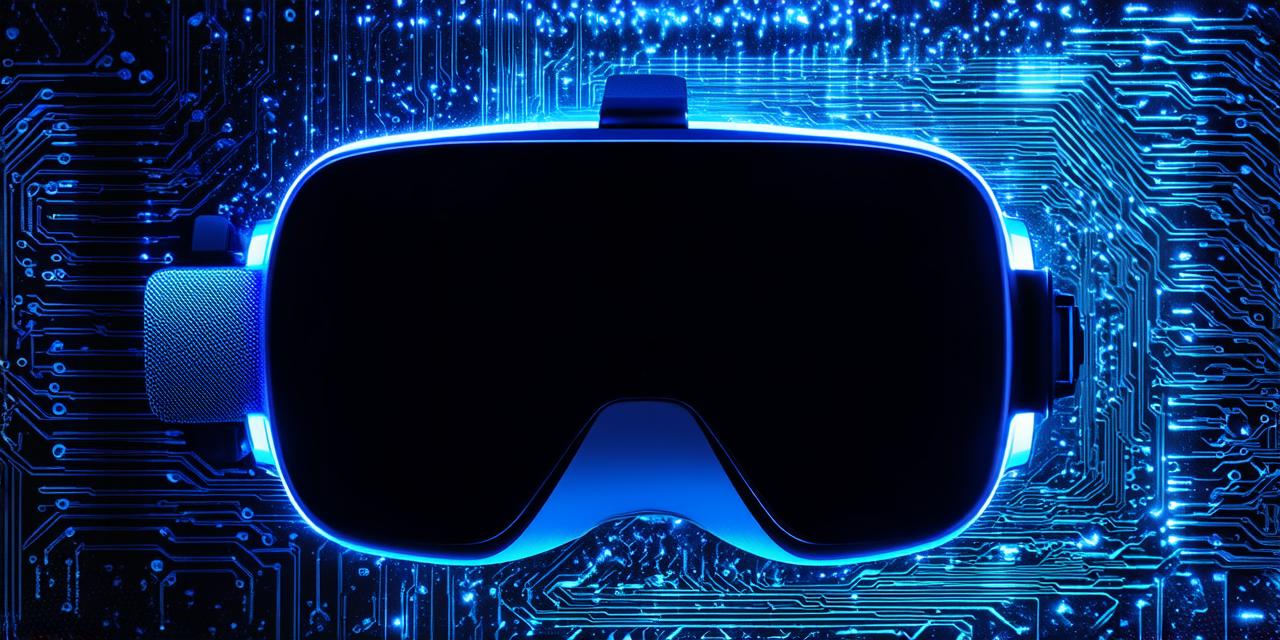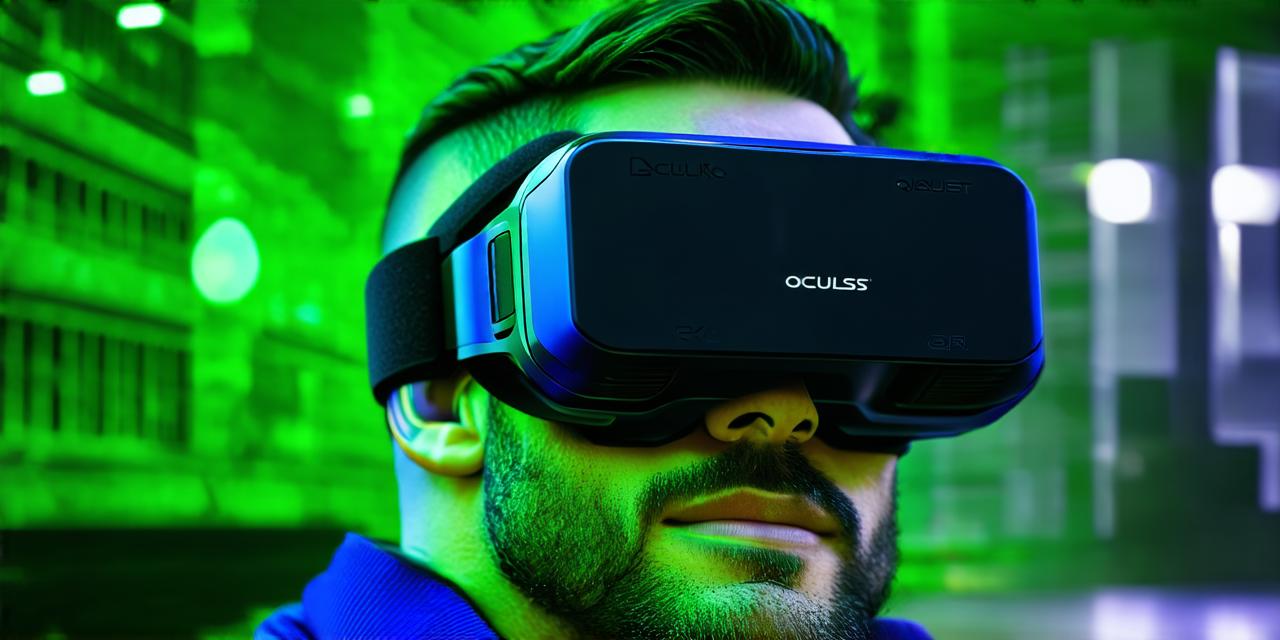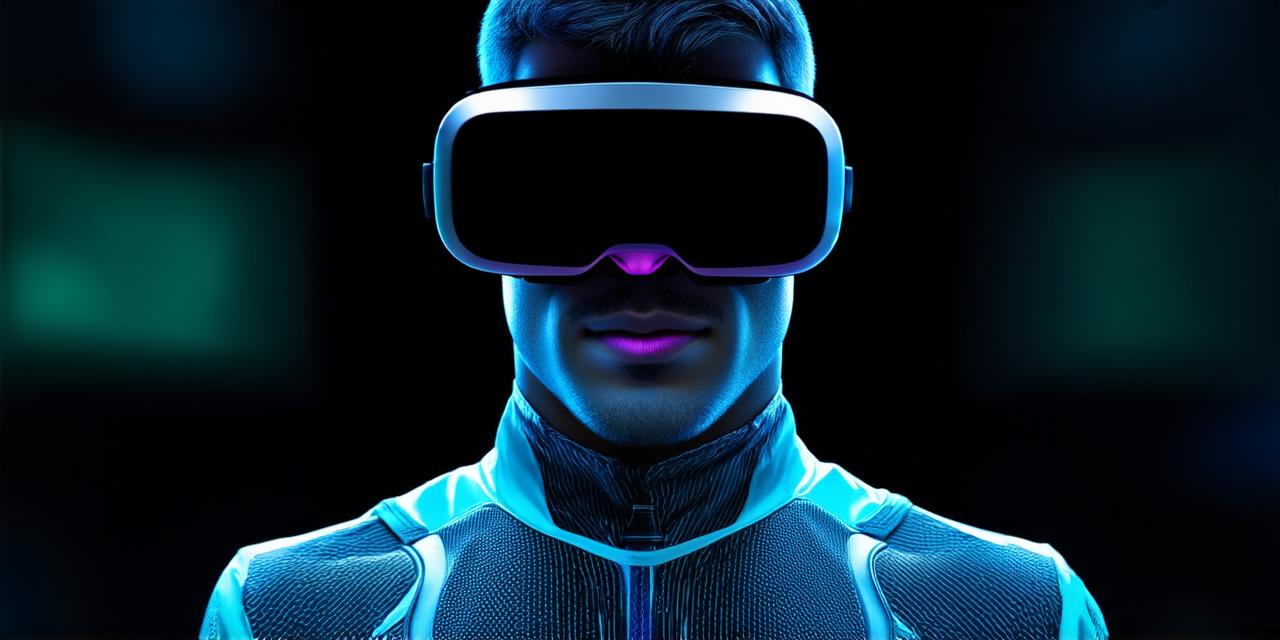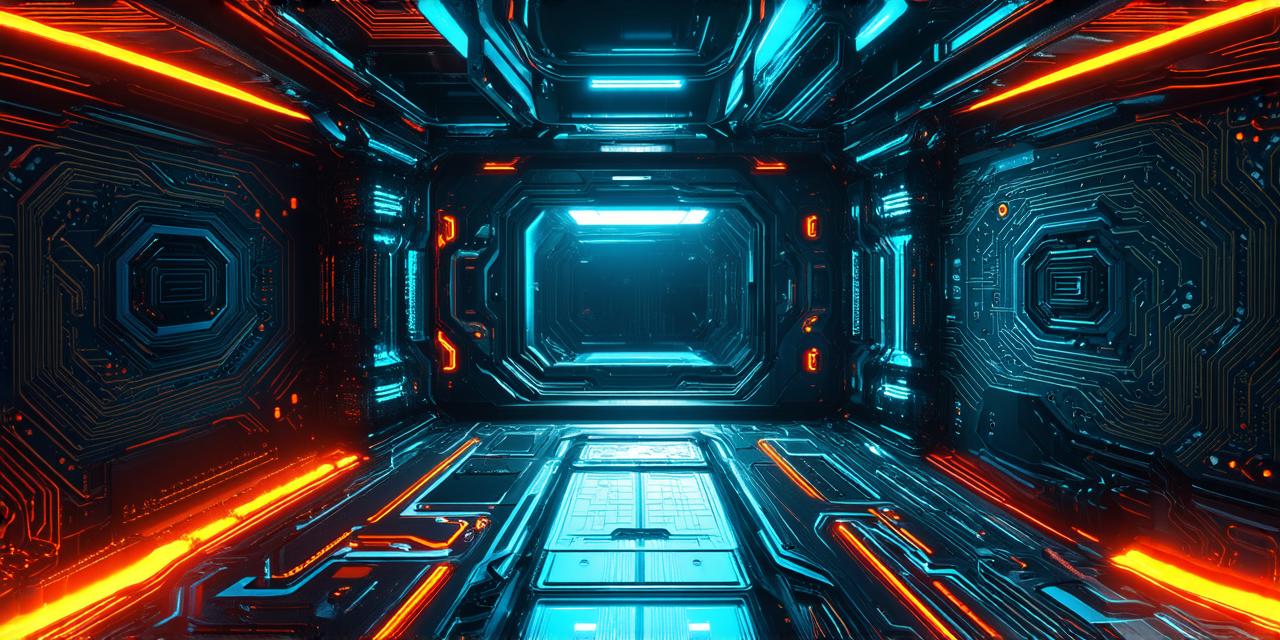Virtual reality (VR) is a computer-generated simulation that allows users to experience a three-dimensional environment as if they were physically present. The technology behind VR has come a long way since its inception, and it’s now becoming increasingly popular for various applications such as gaming, education, training, and more.
Hardware Components
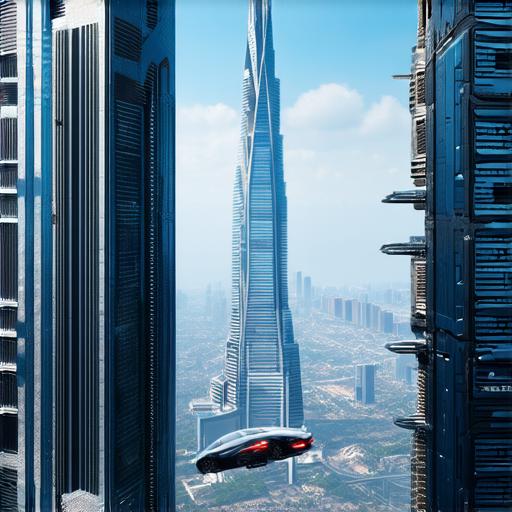
The hardware components of VR technology include the following:
- Head-mounted display (HMD): This is the device that users wear on their head to see the virtual environment. The HMD typically includes a screen for each eye and sensors that track the user’s movements.
- Computer: A powerful computer is required to generate the 3D graphics and run the VR software.
- Motion controllers: These devices are used to track the user’s hand and arm movements, allowing them to interact with the virtual environment.
- Sensors: Various sensors such as accelerometers, gyroscopes, and depth sensors are used to track the user’s movements and provide feedback to the computer.
- Audio devices: Speakers or headphones are used to deliver 3D audio, which further enhances the immersive experience.
Software Components
The software components of VR technology include the following:
- Game engine: A game engine such as Unity or Unreal Engine is used to create and render the virtual environment.
- Input/output (I/O) software: This software is responsible for interfacing with the hardware components and providing a seamless user experience.
- User interface (UI) software: The UI software provides a way for users to interact with the virtual environment, such as by selecting objects or adjusting settings.
- Tracking software: This software uses the data from the sensors to track the user’s movements and update the virtual environment accordingly.
Immersive Experience
The key to the success of VR technology is its ability to create an immersive experience that feels as if the user is physically present in the virtual environment. This is achieved through various techniques such as:
- 3D graphics: High-quality, realistic 3D graphics are used to create the virtual environment, making it appear as if it were a physical space.
- Stereoscopic display: The HMD uses stereoscopic displays, which means that each eye sees a slightly different perspective, creating a sense of depth and realism.
- Motion tracking: Accurate motion tracking allows the virtual environment to react to the user’s movements, making it feel as if they are physically present.
- Haptic feedback: Haptic feedback devices such as gloves or vests can be used to provide tactile sensations, further enhancing the immersive experience.
Conclusion
Virtual reality technology is a complex system that combines hardware and software components to create an immersive experience. While VR has been around for several decades, it’s only in recent years that the technology has advanced to the point where it’s becoming widely available and affordable. With continued development and innovation, VR is poised to revolutionize a wide range of industries, from gaming and entertainment to education and healthcare.
